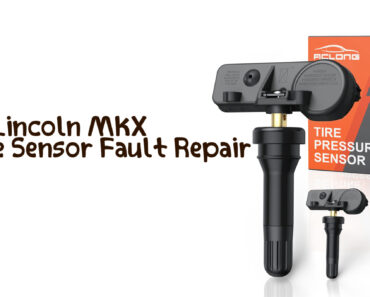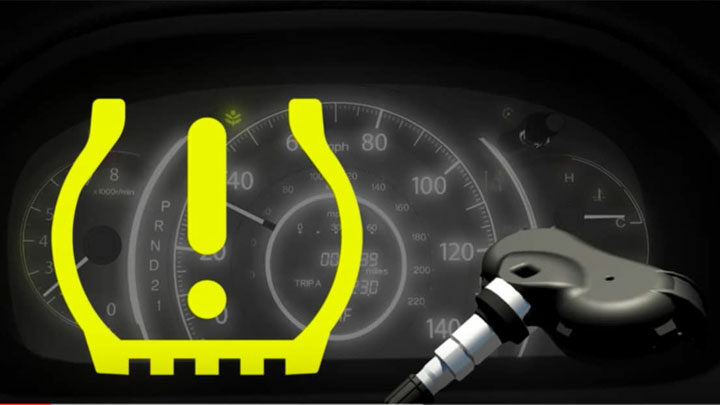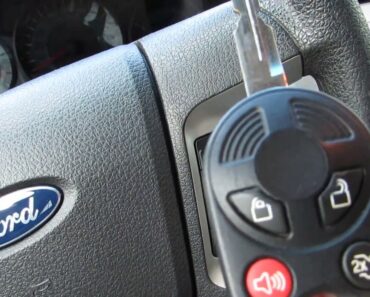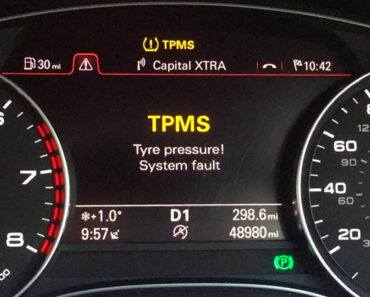Many aftermarket tire pressure sensors require special programming to work correctly. These sensors may be universal or cloneable and require specialized tools and training. The software used to program the sensors must be updated to meet the vehicle’s specifications. In addition, certain sensors may need to be programmed for different vehicle models. Listed below are some of the steps to properly program your tire pressure sensor. This article will go over the most important steps to program your tire pressure sensor.
DENSO TPMS sensors
To use the TPMS programming tool, you’ll need to know the model, year, and make of your vehicle. Once you have those details, press the “Enter” button to bring up a menu with several options. In the “Copy Sensor” section, you’ll need to enter the sensor ID number. You may also want to enter the vehicle’s VIN.
The TPMS sensor program has just launched in the United States, and its 16 part numbers cover a variety of vehicles. As of now, these sensors fit over 100 popular models and 25 million vehicles. Additional TPMS sensors will be announced later this year. Two of those part numbers cover approximately 73 percent of Toyota and 36 percent of Honda vehicles. Once you have the TPMS sensor, you will need to programme it with the appropriate instructions to ensure it is working properly.
Bartec RITE-SENSOR
To get started with your TPMS system, you must be able to program the sensor. To do so, you can use the Bartec Tech400Pro. The tool connects to the vehicle’s OBDII port, detects VIN, and programs the Rite-Sensor. Only tools manufactured by Bartec are able to program this sensor.
Aftermarket TPMS sensors are available in cloned, universal, and programmable models. The first step in programming a new TPMS sensor is to find out what vehicle protocol it requires. Then, you can relearn the sensor to work with your vehicle. Some shops skip this step and end up having to deal with service comebacks. For this reason, it’s important to take the time to properly program the sensor.
VDO REDI-SENSOR
Tire pressure sensors in vehicles must be programmed before they can be used to monitor tire pressure. Relearning and programming are two different processes. Programming is a process by which a tire pressure sensor tells the vehicle which sensor it belongs to and which is the sensor in which tire. When the vehicle is first manufactured, the ECU stores the sensor’s ID, four or five, in a database. It can then identify the tire pressure and display it properly. However, if you change your vehicle or rotate your tires, you must relearn the sensors.
Programming errors are a common problem with TPMS systems. Even after a vehicle has been properly serviced, the TPMS warning light will remain on. This is due to the fact that programming errors often require multiple attempts. Sometimes, a software update on the programming tool causes the sensor to fail to relearn. Another reason why relearning is necessary is because after programming, the sensor will no longer relearn.
DENSO REDI-SENSOR
Most DENSO REDI-SENSor tire pressure sensors need to be programmed before they work. There are several reasons that you may need to do this. Aftermarket TPMS sensors come in two flavors: universal and cloneable. Regardless of the type, you need to programme them with your vehicle’s protocol before they can begin to work. Some shops overlook this step, which can cause problems and service comebacks later.
First-time-fit TPMS sensors don’t require any programming. They’re designed to fit a specific vehicle and automatically relearn when it detects a difference in air pressure and temperature. They work by wirelessly transmitting this data to your vehicle’s OE-ECM receiver, which then displays a low tire pressure warning light. DENSO has extensive OE experience, and offers First-Time-Fit TPMS sensors that are custom-fit to the vehicle’s specifications.





